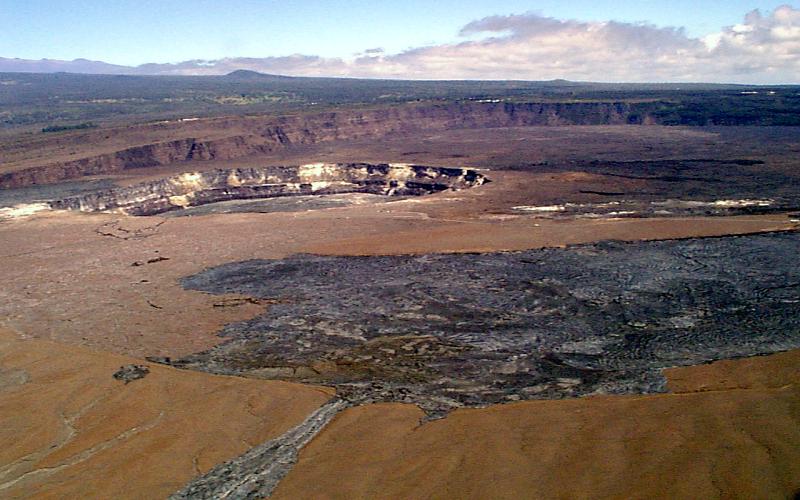There’s an interesting article in the most recent edition of Physics Today about the founding of the Hawaiian Volcano Observatory and Thomas Jaggar, its first geologist.

The Hawaiian Volcano Observatory (HVO) was founded in 1912 for the purpose of studying Hawaii’s active volcanoes. Located right on the edge of Kīlauea Caldera, HVO has contributed a huge amount to our understanding of volcanoes- both how they function and how to predict their activity. The science of vulcanology has saved hundreds of thousands or even millions of lives worldwide in the last century, and many research techniques have been tested and refined at HVO.

According to the Physics Today article, by John Dvorak, Jaggar was largely inspired to study volcanoes after the 1902 volcanic explosion on the Caribbean island of Martinique, which killed tens of thousands of people in minutes. After working in Italy and Alaska, Jaggar was eventually lured as a tourist to the then-Territory of Hawaii to see the relatively non-explosive Kīlauea Volcano.
At that time, Halemaʻumaʻu crater was much more active than it is today, its bottom covered by a massive lava lake:
The crater was a quarter mile in diameter, with steep inner walls that made descent impossible. At the bottom of the crater, 200 feet below the rim, was a gray metal-like surface made up of large, irregular slabs of solidified lava. The slabs, separated by lightning-like cherry-red lines of molten rock, were in constant motion. Occasionally two slabs would collide, one plunging beneath the other, and send a jet of molten material into the air. The disturbance would send waves of orange-red molten material rolling across the entire surface of the lake. After a few minutes, the lake would calm, the surface would cool, and the slabs would reform. It was a stupendous sight that visitors would eagerly describe to friends and family when they returned home. Jaggar’s description, however, was more poignant than most—for him it was “as if everything within me converged.”
See here for a video of the much smaller currently active vent in Halemaʻumaʻu. Then imagine that view, only about 25 times larger, for a sense of what it looked like at the time…

While the article suggests that the experience of Halemaʻumaʻu was a life-changing epiphany for Jaggar, his road to founding HVO was certainly not smooth (euphemistic “domestic infelicities,” anyone?) But Jaggar did persevere, and became the first director of HVO.

Today, HVO has quite an active online presence. General information about the volcanoes it monitors is here. There are several Kīlauea webcams here of active eruption sites- daytime offers the best views, but the glow from lava is often visible at night. And there are archived photos and videos here. It’s an interesting site to check out, and provides an invaluable service to the public.